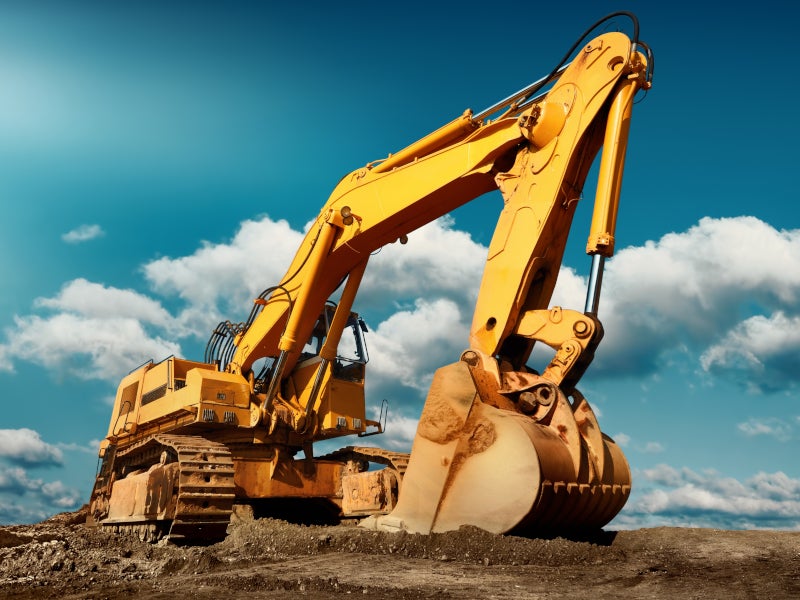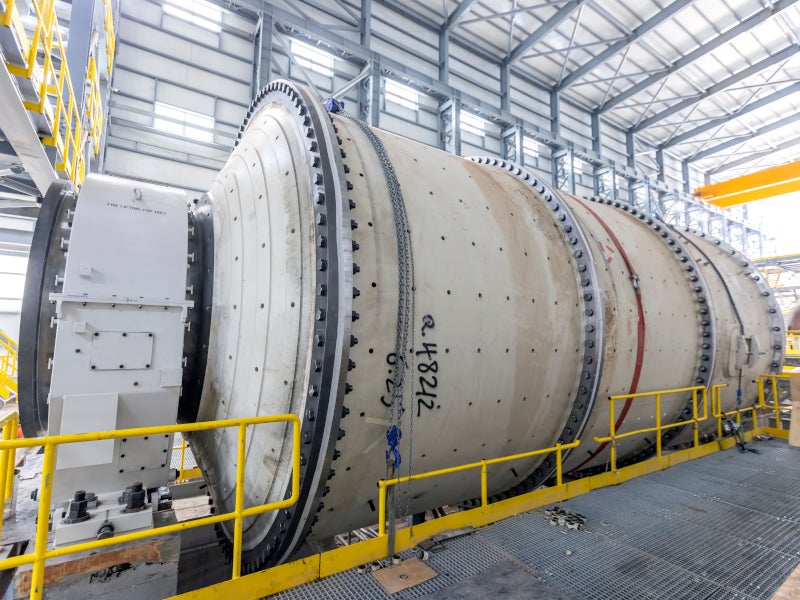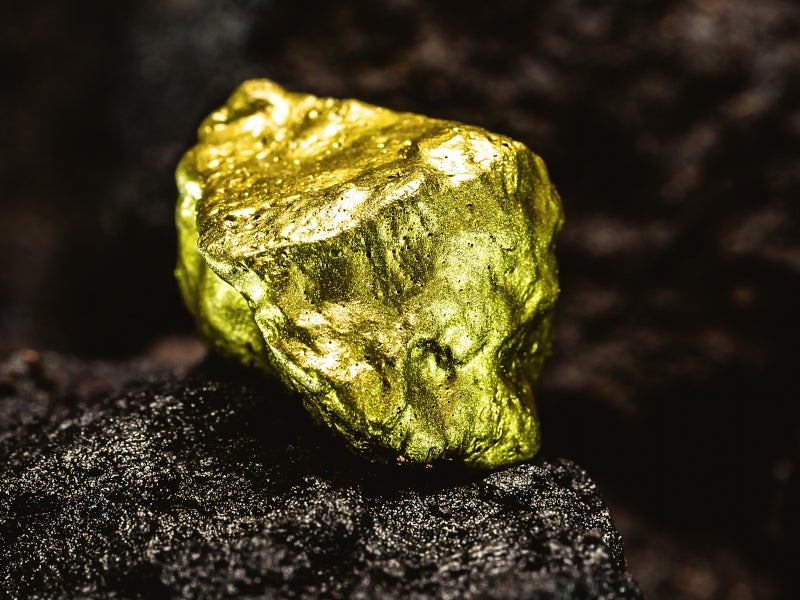The Casa Berardi gold mine, situated north of La Sarre in Quebec, Canada, is an operating open-pit and underground mine.
The project is owned by Hecla Mining Company (Hecla) and has been operational since 1974. Casa Berardi produced 90,363oz of gold and 22,415oz of silver in 2023.
Hecla allocated $25.4m for the exploration and pre-development of its various assets, with 3.8% earmarked for Casa Berardi for 2024. Additionally, targeted underground explorations will concentrate on the principal mining area to expand the underground mining zone.
Hecla aims to transition the mine from underground to a fully open-pit operation, which is currently in progress.
Location of Casa Berardi
The Casa Berardi property is located within the Quebec province, approximately 95km north of La Sarre in the James Bay municipality.
The property is bounded in the west by the Quebec / Ontario provincial line and covers part of the Casa Berardi, Dieppe, Raymond, D’Estrees, and Puiseaux townships. It extends over 37km from east to west and up to 3.5km from north to south.
Geology and mineralisation of Casa Berardi
The Casa Berardi property is located in the northern part of the Abitibi Subprovince, within the superior province in the Archean core of the Canadian Shield. The regional geology is characterised by east-west trending, folded, foliated, and metamorphosed mafic volcanic rocks, flysch-type sedimentary rocks, graphitic mudrocks and a large granodioritic to granitic batholith.
Three primary types of mineralisation are identified at Casa Berardi: gold is found in quartz veins, stockworks, and banded iron formation. These mineralised zones are closely associated with the Casa Berardi Fault and can be found on both sides of the fault.
Reserves at Casa Berardi
The proven and probable mineral reserves at Casa Berardi are estimated at 14.3 million tonnes (mt) grading 2.75g/t of gold (Au) and 1.27 million ounces in contained metal, as of December 2023.
Open pit mining method
The Casa Berardi mining operation comprises of several open pits and two underground mines.
The Casa Berardi property is mined using conventional open-pit mining methods, including drilling, blasting, and truck/shovel operations. The open-pit mining consists of four pits: the F160, WMCP, Principal, and F134 pits.
The F160 pit, situated north-east of the mill, is undergoing its second phase of mining, with overburden removal projected to continue until the fourth quarter of 2024. The final phase of the F160 pit is expected to conclude in 2026. The pit designs utilise 7.5m-high mining benches, with plans to consider 10m-high benches for future pits to optimise production rates.
The WMCP pit, located on the western side of the Casa Berardi property, is slated for development to coincide with the cessation of underground mining in the West Mine area. Mining of the WMCP pit reserves is scheduled between 2032 and 2037, at a rate of 2,681 tonnes per day (tpd).
Overburden removal for the Principal pit area is planned to commence in 2028, with ore mining planned to begin in 2030 and peaking at 4,752tpd in 2031.
The F134 pit is located south-east of the Principal pit. Mining at the pit will begin in 2037 and conclude within the same year.
Post-2026, the development of three additional open pits, waste rock storage facilities, and other infrastructure is anticipated on the property.
The mining fleet includes hydraulic excavators, front-end loaders, rigid-frame trucks, articulated trucks, dozers, graders, and other equipment.
Underground mining method
Underground mining will proceed from the West Mine in 2024, as the East Mine was abandoned in 2023 to facilitate backfilling of the adjacent EMCP pit.
The transverse mining method is applied in areas with 10m or more wide mineralisation, good access, and multiple draw points, with stopes typically measuring 15m × 20m. Stopes are subdivided into smaller panels in areas greater than 20m and mined in sequence from the hanging wall to the footwall.
The longitudinal mining method is used for narrow mineralisation or areas with limited development, reflecting standard practices, including 15m centre draw points and 20m sublevel spacing.
Underground access is currently via the shaft at the West Mine. The West Shaft was developed before 2006 and deepened to 1,080m in 2013. It has been operational since 2015.
The West Shaft has a diameter of 5.5m with a 42m-deep concrete shaft collar anchored in bedrock. It is concrete-lined, with a steel structure dividing the shaft into four compartments; two for the 12t skips, one for personnel and material. The fourth compartment is a manway and a service area for pipes and electrical cables.
Ore processing
The Casa Berardi mill has a processing capacity of 3,730tpd, with a future maximum output of 4,400tpd.
Ore from the West Mine and open pit is transported to a crusher dump pocket, where oversized materials are broken down and screened before being crushed in a primary jaw crusher.
The crushed ore is conveyed to a semi-autogenous grinding (SAG) mill, which operates in a closed circuit with a SAG screen. Oversized material from the SAG screen is recirculated to the SAG mill while undersized material is directed to the cyclone system.
The ball mill functions in a closed circuit with the cyclones, processing the cyclone underflow. The overflow from the cyclones passes through a trash screen before proceeding to the production thickener.
The cyclone underflow supplies two parallel gravity circuits. The concentrate from the gravity circuit undergoes leaching in an intensive leach reactor (ILR), with the tailings returning to the ball mill.
The production thickener underflow feeds the carbon-in-leach (CIL) circuit, which consists of seven tanks. Cyanide and lead nitrate are introduced to facilitate gold leaching, with activated carbon employed to adsorb the gold.
The carbon loaded with gold from the CIL tanks undergoes washing, elution, acid washing, and regeneration.
In the elution circuit, the Zadra process is used to strip gold from the loaded carbon. The resulting pregnant solution is cooled and transferred through electrowinning cells, where gold sludge is collected, filtered, dried, smelted, and cast into gold dore bars. A specific electrowinning cell is reserved for processing the ILR gold solution.
Site infrastructure
The Casa Berardi property is accessible by a 38km all-season gravel road that branches off the paved highways (provincial routes 101 and 111) connecting La Sarre with the Selbaie mine, 2km north of Villebois. A 5km track drift links the East and West Mine areas and will offer access to the planned Principal pit.
Electrical power is supplied to the site from Hydro-Quebec via a 120kV line from Normetal, located 55km to the southwest. Two main transformers are installed at the main substation at the East Mine site, including a 120kV/4.16kV-16 MVA transformer (T1) at the East Mine site and a 120kV/25kV-20 MVA transformer (T2) at the West Mine site.
Groundwater production wells provide fresh water supply, with groundwater also used for underground operations in the West Mine area.






